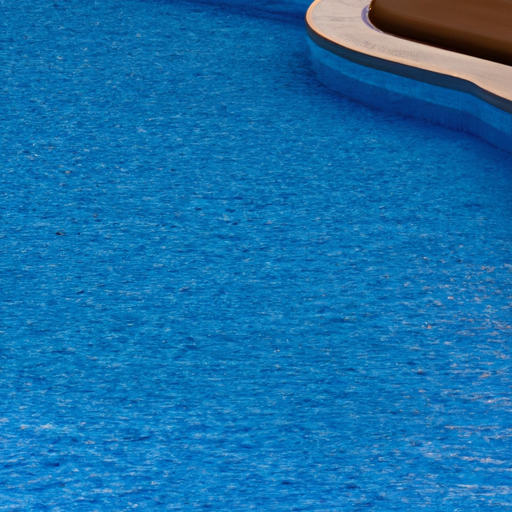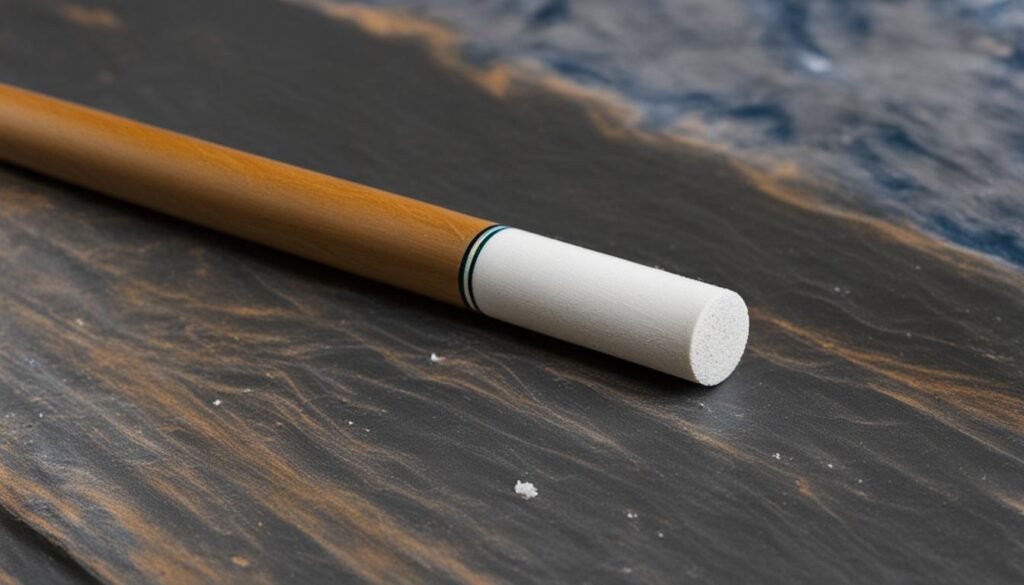Are you ready to take your pool game to the next level? Finding the best pool cue tip for English is like finding a secret weapon in your arsenal. It's not just about hitting the ball; it's about precision, control, and finesse. Whether you're a beginner or a seasoned player, the right cue tip can make all the difference in how you play. So, buckle up and let’s dive into everything you need to know to elevate your game.
When it comes to pool, the cue tip is often overlooked. But trust me, it’s the unsung hero of your setup. The right tip can help you apply English more effectively, giving you the spin and control you need to dominate the table. Whether you're aiming for that perfect draw shot or trying to finesse a delicate bank shot, your cue tip plays a crucial role.
In this article, we'll break down everything you need to know about selecting the best pool cue tip for English. From materials and shapes to maintenance tips, we’ve got you covered. Let’s get started so you can start sinking those balls like a pro!
Read also:Tamilblasters Forum Your Ultimate Guide To The World Of Tamil Movies
Table of Contents
- Cue Tip Materials: What to Look For
- Tip Shapes: Finding the Perfect Fit
- Understanding English in Pool
- Best Pool Cue Tips for English
- Maintenance Tips for Your Cue Tip
- How to Choose the Right Tip
- Frequently Asked Questions
- Pro Tips for Better Performance
- Common Mistakes to Avoid
- Conclusion: Elevate Your Game
Cue Tip Materials: What to Look For
Choosing the right material for your pool cue tip is like picking the perfect pair of shoes—comfort and performance matter. There are several materials out there, but the most common ones are leather, phenolic, and synthetic. Each has its own pros and cons, so let’s break them down.
Leather Tips: Leather tips are the go-to choice for most players because they offer a great balance of durability and feel. They come in two types: soft and hard. Soft leather tips provide more spin and control, making them ideal for applying English. Hard leather tips, on the other hand, offer more power and are better suited for long-distance shots. It’s all about finding what works best for your style.
Phenolic Tips: If you’re looking for power and consistency, phenolic tips are the way to go. These are made from compressed paper or resin and are super durable. However, they don’t offer the same level of spin as leather tips, so they might not be the best choice if you’re focusing on English.
Synthetic Tips: Synthetic tips are a newer option that combines the durability of phenolic with the spin of leather. They’re great for players who want the best of both worlds, but they can be a bit pricier. Still, if budget isn’t an issue, they’re worth considering.
Tip Shapes: Finding the Perfect Fit
Now that we’ve talked about materials, let’s talk shapes. The shape of your cue tip can greatly affect how you apply English. There are three main shapes to consider: round, oval, and flat.
- Round Tips: These are great for beginners because they offer a larger surface area, making it easier to hit the cue ball accurately.
- Oval Tips: Oval tips are a middle ground between round and flat. They offer a good balance of control and spin, making them a popular choice for intermediate players.
- Flat Tips: If you’re a pro or just love the challenge, flat tips are for you. They provide the most spin and control, but they require more skill to use effectively.
Ultimately, the shape you choose will depend on your skill level and personal preference. Don’t be afraid to experiment until you find the one that feels right for you.
Read also:Deephotlink The Ultimate Guide To Unlocking Hidden Web Resources
Understanding English in Pool
English in pool refers to the spin you put on the cue ball to control its direction after it hits another ball or the rail. It’s like giving the ball a little twist, and it can make all the difference in your game. Whether you’re trying to position the cue ball for your next shot or avoid scratching, mastering English is key.
Types of English:
- Draw: This is when you hit the bottom of the cue ball, causing it to spin backward. It’s great for positioning the cue ball after a shot.
- Follow: By hitting the top of the cue ball, you can make it spin forward, helping it continue moving in the same direction after contact.
- Sidespin: Applying sidespin can help you control the angle at which the cue ball bounces off the rail. It’s perfect for tricky bank shots.
Mastering these techniques will give you an edge over your opponents and make your game more dynamic.
Best Pool Cue Tips for English
Now that you know what to look for in terms of materials and shapes, let’s talk about some of the best cue tips for English. Here are a few top picks that have been praised by players around the world:
- Le Pro by Kamui: Known for its exceptional feel and spin, the Le Pro is a favorite among professionals. It’s made from high-quality leather and offers excellent control, making it perfect for applying English.
- Triangle Tip: Another leather option, the Triangle Tip is designed to mimic the feel of a homemade tip. It’s great for players who want a more traditional feel with modern performance.
- Phenolic Tip by Predator: If you’re looking for power and consistency, the Predator Phenolic Tip is hard to beat. While it may not offer the same level of spin as leather, it’s durable and reliable.
Remember, the best tip for you will depend on your playing style and preferences. Don’t be afraid to try a few different options to see what works best for you.
Maintenance Tips for Your Cue Tip
Having the best pool cue tip for English won’t do you much good if you don’t take care of it. Proper maintenance is key to ensuring your tip performs at its best. Here are a few tips to keep your cue tip in top condition:
- Shape Regularly: Use a tip shaper or sandpaper to keep your tip in the desired shape. This will help you maintain consistent contact with the cue ball.
- Chalk Often: Chalking your tip before each shot helps improve grip and reduces miscues. Don’t be stingy with the chalk!
- Avoid Moisture: Moisture can damage your cue tip, so avoid playing in humid environments or leaving your cue out in the rain.
By following these simple steps, you can extend the life of your cue tip and ensure it performs at its best every time you play.
How to Choose the Right Tip
Selecting the right pool cue tip for English involves more than just looking at materials and shapes. Here are a few factors to consider:
- Your Skill Level: Beginners might prefer a softer tip for more spin, while pros might opt for a harder tip for power.
- Your Playing Style: If you rely heavily on English, a tip that offers good spin and control is essential.
- Your Budget: High-quality tips can be pricey, so set a budget and stick to it. Remember, you don’t have to break the bank to find a great tip.
Taking the time to choose the right tip can make a big difference in your game. Don’t rush the decision—test out a few options and see what feels right for you.
Frequently Asked Questions
Q: How often should I replace my cue tip?
A: This depends on how often you play and how well you maintain your tip. On average, a well-maintained tip should last several months. If you notice it’s worn down or not performing as well, it might be time for a replacement.
Q: Can I use any type of chalk with my cue tip?
A: While most chalks will work with most tips, it’s always best to use a chalk that’s specifically designed for your tip material. This will help ensure optimal performance and longevity.
Q: Is it hard to change a cue tip?
A: Not at all! With the right tools and a little practice, changing a cue tip is a simple process. There are plenty of tutorials online if you need guidance.
Pro Tips for Better Performance
Here are a few pro tips to help you get the most out of your pool cue tip:
- Practice Consistency: The more you practice, the better you’ll get at applying English. Focus on consistency and repetition to improve your skills.
- Experiment with Different Tips: Don’t be afraid to try new tips and see what works best for you. Every player is different, so what works for one might not work for another.
- Stay Relaxed: Tension can affect your shot, so try to stay relaxed and focused. A steady hand is key to applying English effectively.
By incorporating these tips into your game, you’ll be sinking balls like a pro in no time.
Common Mistakes to Avoid
Even the best players make mistakes sometimes. Here are a few common ones to watch out for:
- Ignoring Maintenance: Neglecting your cue tip can lead to poor performance and even damage. Stay on top of maintenance to keep your tip in top condition.
- Using the Wrong Tip: Not all tips are created equal. Make sure you’re using a tip that suits your playing style and needs.
- Overusing English: While English is a powerful tool, overusing it can lead to inconsistent shots. Use it strategically and sparingly for the best results.
Avoiding these mistakes will help you improve your game and make the most of your cue tip.
Conclusion: Elevate Your Game
Choosing the best pool cue tip for English is an important decision that can greatly impact your game. By considering factors like material, shape, and maintenance, you can find a tip that suits your needs and helps you play your best. Remember, practice makes perfect, so keep practicing and experimenting until you find what works best for you.
So, what are you waiting for? Grab your cue, find the perfect tip, and start sinking those balls like a pro. And don’t forget to share this article with your fellow pool enthusiasts—let’s elevate our game together!


